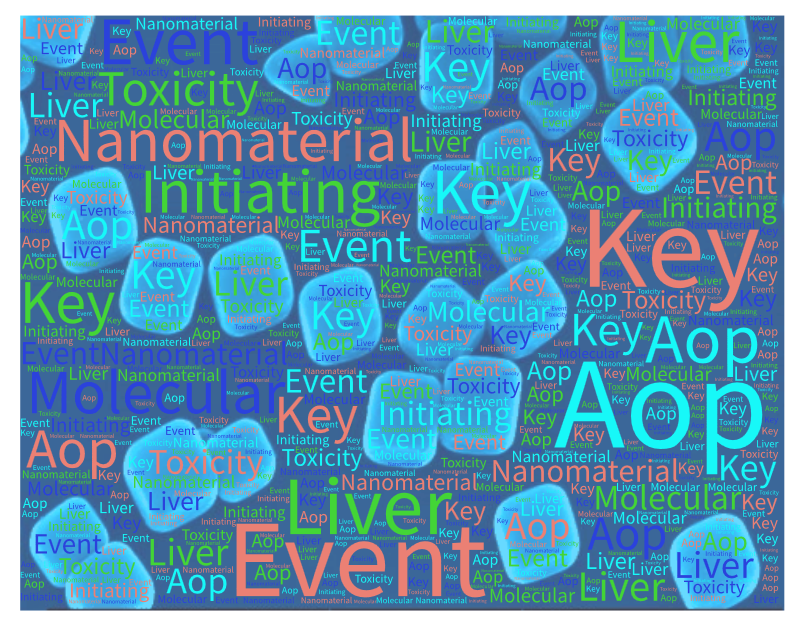
JRC scientists carried out a study illustrating how the mechanisms of nanomaterial toxicity can be better understood by exploiting the broader body of mechanistic information on chemicals in general.
To address concerns that the unique properties of manufactured nanomaterials (resulting from their small particle size and surface properties) may adversely impact on human health, a growing body of nanosafety research is being carried out using non-animal methods. While important knowledge gaps relate to the kinetics of nanomaterials (where they end up in the body following exposure), this paper argues that their mechanisms of toxic action at the target site (toxicodynamics) can in principle be understood by using existing information on chemically induced toxicity. This is illustrated by comparing how chemicals and metal oxide nanomaterials may cause liver toxicity (fibrosis), with the formation of reactive oxygen species, oxidative stress and inflammation being common processes, irrespective of the underlying “initiator” (nanomaterial or chemical). The adverse outcome pathway (AOP) approach was used to better understand the toxicodynamics of nanomaterial-induced liver damage by repurposing knowledge of chemically-induced liver toxicity, which is represented in the OECD’s AOP Knowledge Base.
This approach to understanding the effects and mechanisms of action of nanomaterials can be used to guide research efforts by focusing on the “upstream” behaviour of nanomaterials such as their kinetics in the body and their initial interactions with biological molecules.
Read more in:
Kirsten Gerloff , Brigitte Landesmann , Andrew Worth , Sharon Munn , Taina Palosaari, Maurice Whelan "The Adverse Outcome Pathway approach in nanotoxicology", Computational Toxicology, Elsevier B.V., 2468-1113, Volume 1, February 2017, Pages 3–11.
Related Content
Details
- Publication date
- 4 April 2017
